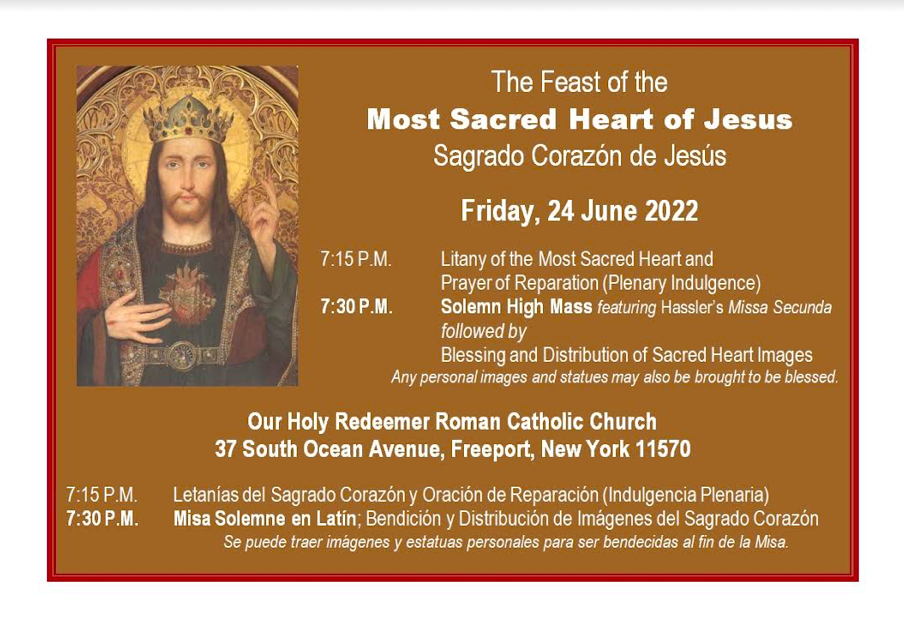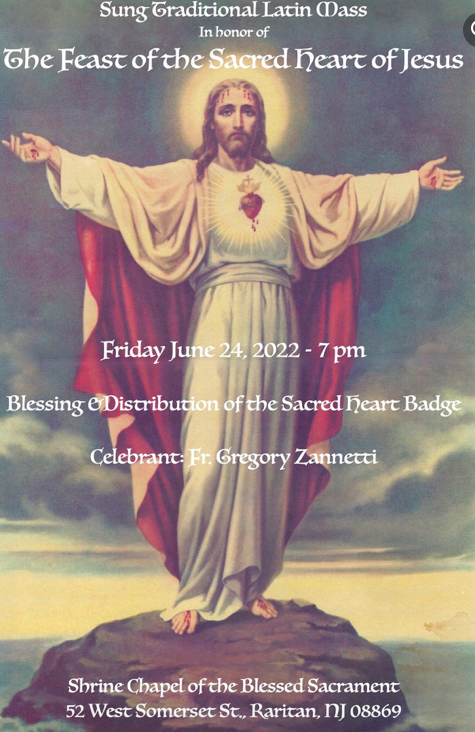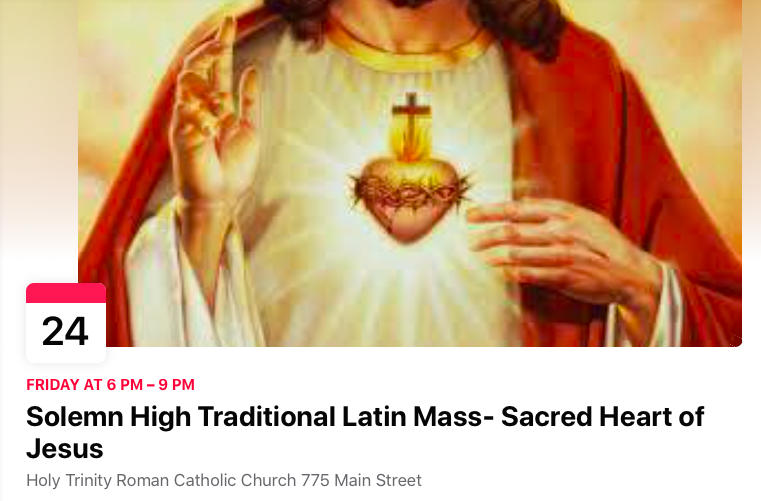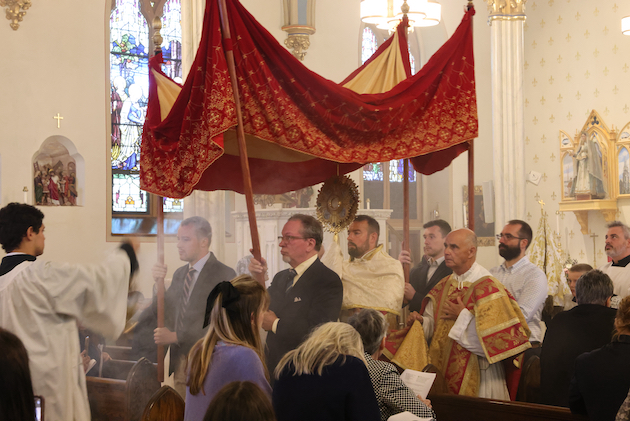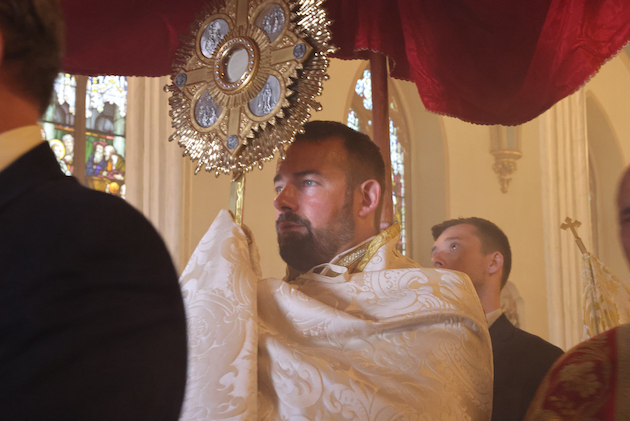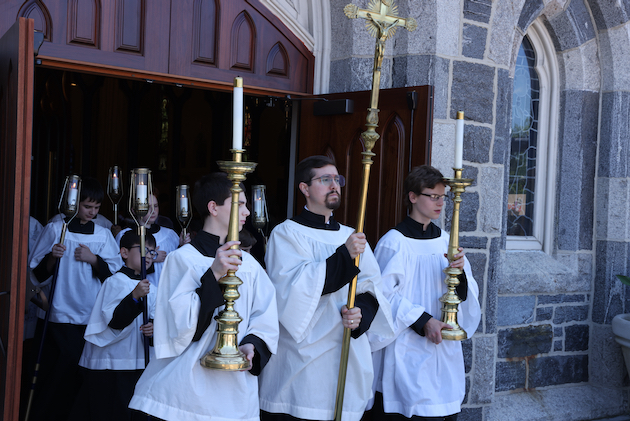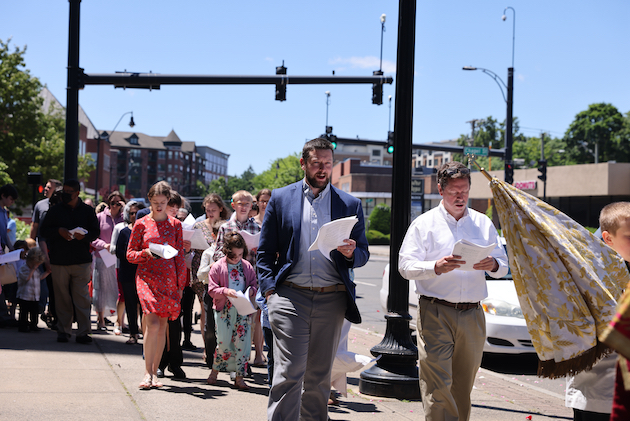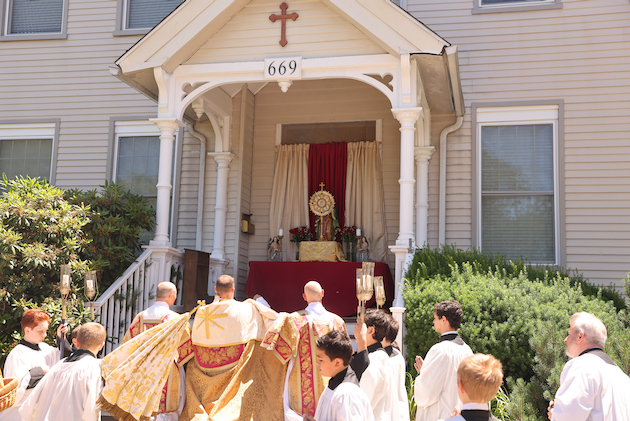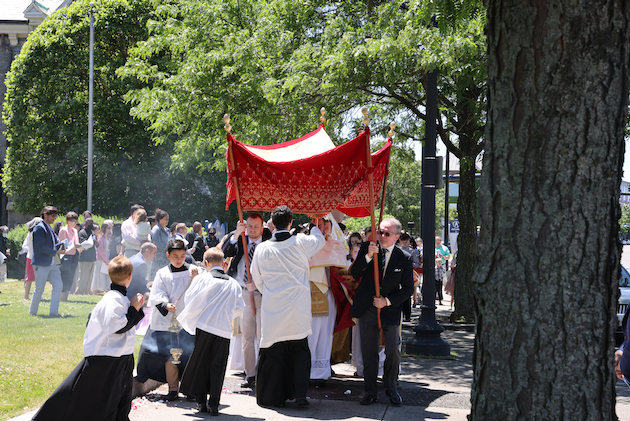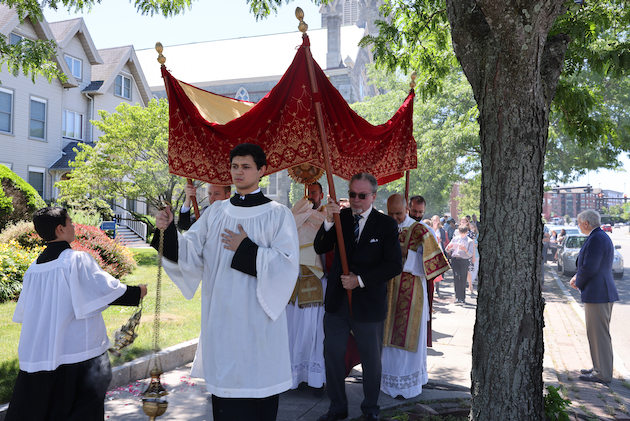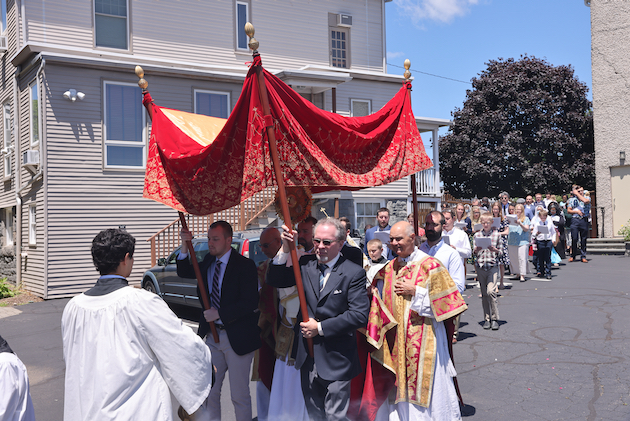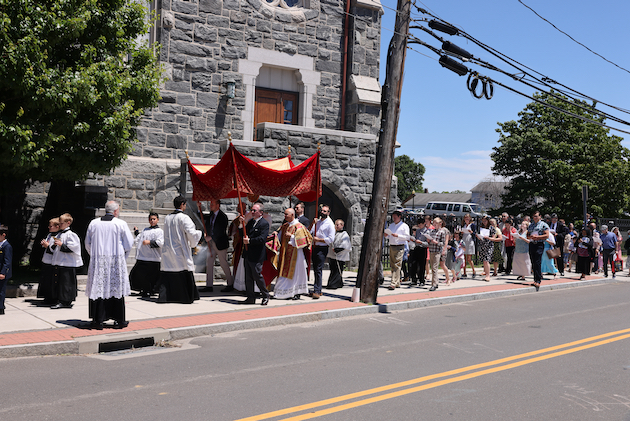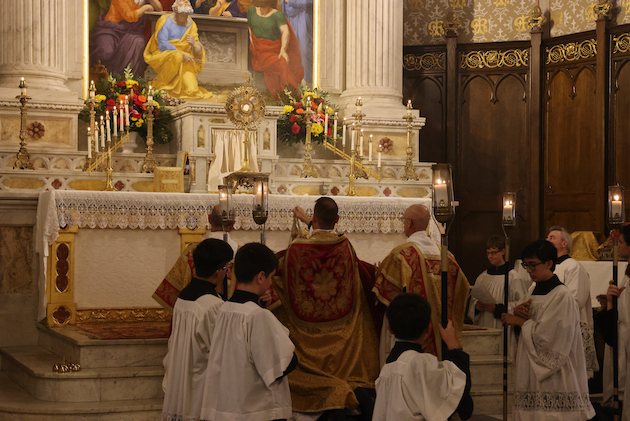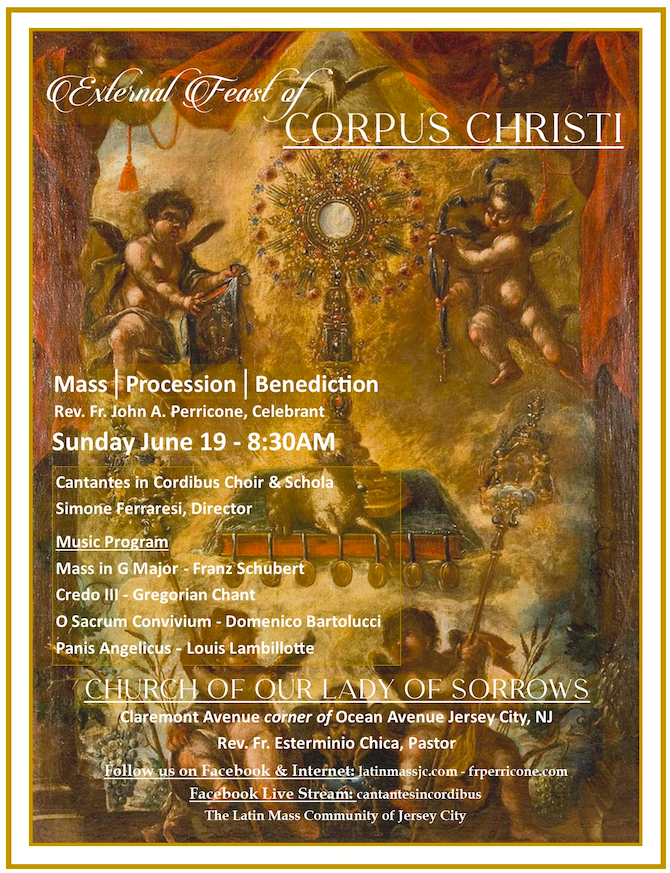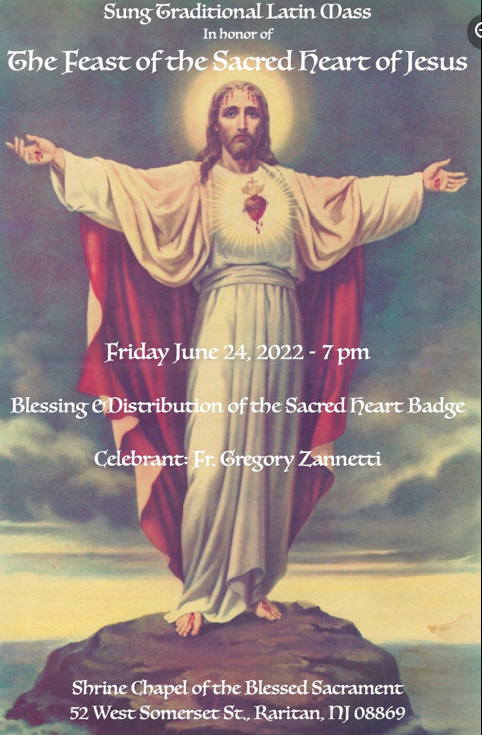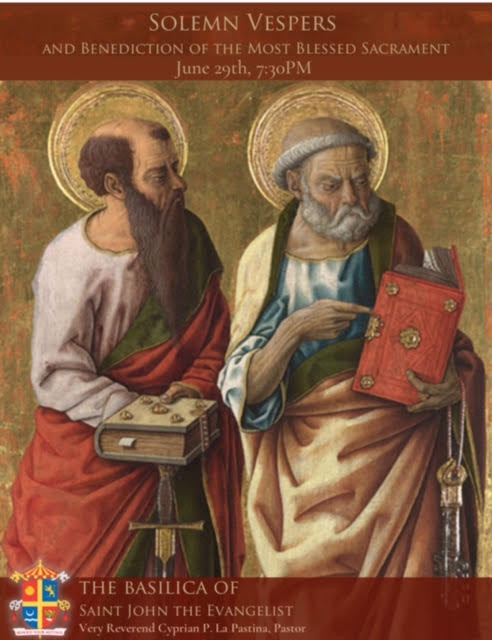
26
Jun
26
Jun
Hyperpapalism and Catholicism
Posted by Stuart Chessman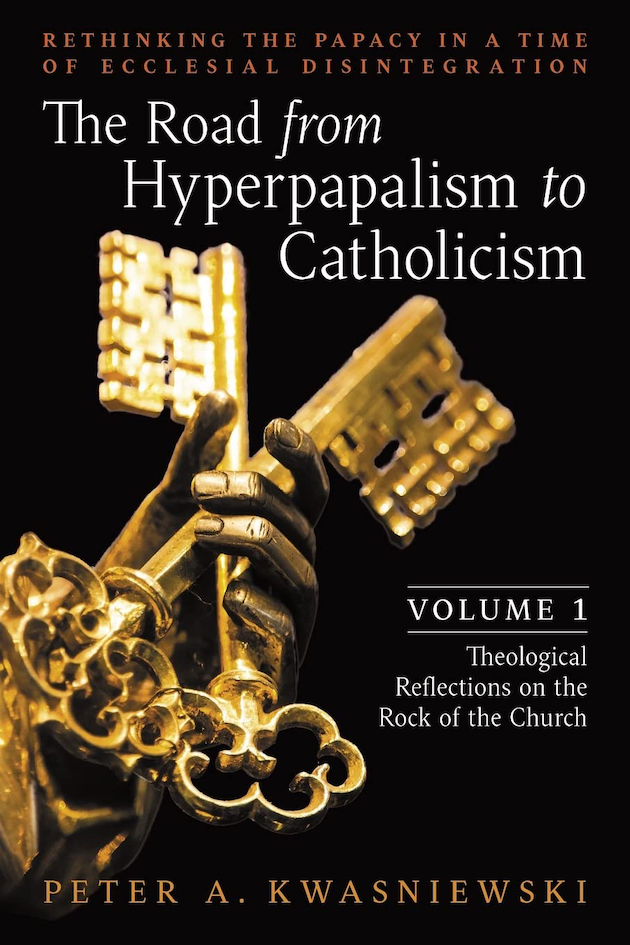
The Road from Hyperpapalism to Catholicism: Rethinking the Papacy in a Time of Ecclesial Disintegration
By Peter A. Kwasniewski
2 Vols.
(Arouca Press, Waterloo, ON, 2022)
It’s remarkable that a book from an author on the Traditionalist spectrum features a title contrasting “hyperpapalism” and “Catholicism” – implying a conflict between at least some aspects of the Church’s governing structure and the Christian religion itself. Such titles have been almost innumerable on the progressive side since the 1960’s – e.g., Infallible?: An Inquiry (1971) and Can we save the Catholic Church? (2014) (both by Hans Kueng). Yet those on the right were until recently perceived as being necessarily staunch supporters of the Church’s post-1870 constitution. For example, Peter Kwasniewski quotes the “ultramontanist” Cardinal Antonio Bacci on the papacy, in a remarkable passage originally published in 1959:
There is in the world… one man in whom the greatness of God is reflected in the most outstanding way of all. He participates in the authority and in a certain sense in the personality of Christ. This man is the vicar of Jesus Christ, the Pope….. His power extends to the ends of the world and is under the protection of God, who has promised to confirm and heaven whatever he will decree upon earth. His dignity and authority, then, are almost divine. Let us bow humbly before such greatness. Let us promise to obey the Pope as we would Christ…. We cannot dispute or murmur against anything which he teaches or decrees. To disobey the Pope is to disobey God. To argue or murmur against the Pope is to argue or murmur against Jesus himself. When we are confronted with his commands, we have only one choice – absolute obedience and complete surrender. (Hyperpapalism Vol. 1 at 24)
Now perhaps we could dismiss some of these statements as quaint exaggerations emanating from the pen of a professional Latinist and curial courtier undoubtedly inspired by the panegyrics that past ages addressed to emperors, rulers and, yes, popes. Yet I think there is a declining but still not inconsiderable Catholic population that accepts these statements as literally true. I am not sure, however, whether Cardinal Bacci was accurately describing the situation of the Catholic Church even in 1959. And as it later transpired, Cardinal Bacci himself, like the arch-ultramontane Cardinal Louis Billot, SJ, before him, was unable to support all the twists and turns directed by papal authority. (Bacci, on the promulgation of the Novus Ordo; Billot, on the condemnation of Action Francaise). So, a potential conflict between the ultramontane papacy and, not just so-called “dissenters,” but also the defenders of orthodoxy themselves has been long present.
But with the advent of Pope Francis a much wider section of Catholics has become aware of this calamitous dilemma – the possibility (the reality?) that the highest ecclesiastical authority, claiming direct divine authorization, may no longer be proclaiming the Faith. For the present pontiff has directly linked progressive political ideology and theology with an unprecedented assertion of papal power. Since July 2021 Traditionalists have been designated as the official adversaries of the Vatican. But, as Philip Lawler points out, conservative and even “orthodox” Catholics now find themselves the targets of Francis and his team – indeed, they had become “enemies of the Pope” and even “tools of the devil” even earlier than the traditionalists. (“The Pope indicts ‘restorationism.’ I plead guilty.” Catholic Culture, 6/23/2022)
In Hyperpapalism, Dr. Kwasniewski squarely confronts the situation of the Church today. Hyperpapalism is a major addition to the ever-growing critical literature now appearing on the crisis in the Church. (I should mention that I have known Dr. Kwasniewski for some years and have collaborated with him on several projects. Indeed, works familiar to me are cited in the first footnote of this book (Hyperpapalism, Vol 1 at xi).
The work is divided into two volumes. Volume 1 (“Theological Reflections on the Rock of the Church”) deals with the papacy itself. It defines the nature – and limits – of the pope’s authority. A historical review shows how exaggerations and abuses crept into the governance of the Church. The author addresses various objections raised by conservatives still troubled by any discussion of papal authority. He rebuts the sedevacantist “temptation,” that seems to emerge in any such discussion. Dr. Kwasniewski’s prose is clear and understandable but also forthright and direct. I’m sure those qualities will be appreciated by the ecclesiastics (including Pope Francis) whose drastic statements have so exacerbated the crisis.
The second volume (“Chronological Responses to an Unfolding Pontificate”) is a review of the papacy of Pope Francis from the year 2013 onward. It depicts the conflicts between Catholic tradition – including the Scripture itself – and the words and deeds of the Pope that have squarely raised the issue of the scope of papal authority discussed in the first volume. Dr. Kwasniewski emphasizes the theological and moral aspects of the Francis pontificate. But a cursory review of the same period in a source like Sandro Magister’s Settimo Cielo blog, which concentrates more on administrative, governance and personnel issues would produce an additional, even lengthier list of abuses! Indeed, Magister recently has published an article on this very subject. This illustrates the depth of the problem. The second volume is largely a chronological arrangement of material previously published online. As I wrote regarding another book, this has the advantage of capturing the immediacy of the flow of events.
Let me single out two passages that particularly struck me. In Vol. 1 Dr. Kwasniewski describes his personal journey from “ultramontanism to Catholicism” quoting his own youthful writings on the subject. (Hyperpapalism, Vol 1 at 6-7) They reveal the revived pro-papal enthusiasm promoted in conservative circles during the reign of John Paul II. Tragically, those who had climbed on the papal bandwagon found themselves disowned, not just later by Pope Francis but in part even under John Paul II himself (the Assisi conferences, the Legion of Christ scandals….).
In volume 2 the author takes to task The Pillar online news service. Now The Pillar has featured incisive reporting of uncomfortable facts extremely damaging to the reputation of the Vatican, individual American bishops and the American Catholic establishment in general. At the same time, however, regarding matters of policy its writers often affect an obsequious, deferential attitude to ecclesiastical authority. In Is the Pope the Vicar of Christ or the CEO of Vatican, Inc. Dr. Kwasniewski castigates The Pillar for its article on the arbitrary deposition of the bishop of Arecibo in Puerto Rico. In that article, , after enumerating at length the theological difficulties connected with this action, The Pillar nevertheless concluded that, after all, the pope has the power to do whatever he wants. (Hyperpapalism, Vol 2 at 266-71)
What will be the outcome of all this? That we cannot predict. Any “restructuring” of the Church and the Papacy will be the product of future events – but is not the course of history is the hands of Divine Will? In the meantime, this book will serve as a resource for the afflicted Catholic. It will help him maintain confidence in his faith and tradition in the face of official persecution. It will provide a wealth of arguments aginst his adversaries. And perhaps it will give him hope for better days – for he will realize the current state of the Church is not the final “end of history.”
24
Jun
Roe v. Wade Overturned
Posted by Stuart Chessman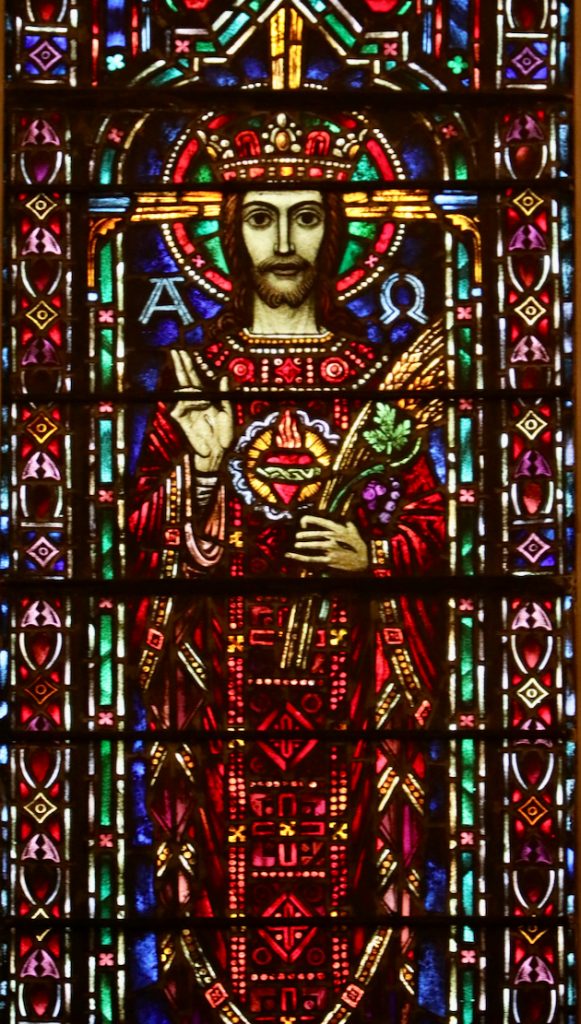
Today the 1973 decision of Roe v. Wade which established unlimited abortion as the rule in the United States – was overturned. It is the remarkable fruit of decades of selfless action by people of all faiths. Is it not remarkable that the decision in Dobbs v. Jackson Women’s Health Organization was released on the Feast of the Sacred Heart? Msgr. Ignacio Barreiro gave the following sermon in 2015 on this Feast:
In 1674, Jesus appeared to St. Margaret Mary Alacoque and He promised to her:
“In the excess of the mercy of my Heart, I promise you that my all powerful love will grant to all those who will receive Communion on the First Fridays, for nine consecutive months, the grace of final repentance: they will not die in my displeasure, nor without receiving the sacraments; and my Heart will be their secure refuge in that last hour.”
Our Lord also promised to give priests the power to touch the most hardened hearts. But this promise when can say that also applies to all you who work faithfully in the apostolate of the Church, in particular in many apostolates that certainly are close to His Heart like the pro-life apostolate, or in the educational apostolate and last but not least, in the Liturgical Apostolate to make the Liturgy of the Church worthy of the Lord to whom were are offering our adoration. The worship of the Sacred Heart will help us speak the truth with love to sinners who feel far from God, and from his Church and will help us to gently lead them back to the Good Shepherd, who is meek and humble of heart. (Matthew 11, 29)
In his own life, Msgr. Barreiro exemplified the initmate connection of pro-life winess with traditional Catholic devotion: he served for many years in leadership roles in Human Life International while exercising the duties of a tradionalist priest. Indeed he ended his life as curate of a Connecticut parish (St. Mary’s, Norwalk) that celebrated the traditionalist Mass. Reviewing our archives, I encountered again so many others who in the past were committed to both the pro-life cause and Catholic Traditionalism. This union of liturgy, faith and action demonstrates why the Catholic traditionalist movement can never be a merely aesthetic, “High Church” sect.
The pro-life cause contiuned on its path for years on an entirely voluntary basis. It involved organizations, marches, campus groups, publications and even new religious orders. This is a further parallel with the decentralized, spontaneous culture of the traditionalist movement.
It goes without saying that the secular “power elite” – the universities, the corporations, the law firms, the professional organizations, etc. – have utter disdain and hatred for the pro-life movement. You can see this today in the one-sided hysterical reactions to the Dobbs decision being propagated by our media.
More distressing and tragic, however, is the abuse to which pro-lifers have been subjected even by their supposed allies. One thinks of the great pro-life crusader Joe Sobran, who was vilified by “conservatives” and made a “non-person” even by the very pro-life organization he had put on the map. One recalls the disdain displayed towards American pro-lifers by Pope Francis and his entourage, such as the Jesuit Fr. Spadaro’s characterization of the (mainly pro-life) collaboration of Catholics and evangelical Christians as an “unholy alliance.” One remembers the “seamless garment” ideology and the never-ending search of establishment Catholics for a mythical pro-life Democratic Party.
This leads to a further point of reflection. The pro-life movement is above all a triumph of the political. The movement demonstrated that it was capable of acting politically: inspiring spontaneous individual action, forging alliances, making decisions, confronting enemies, and concentrating efforts on one great goal. These characteristics form the greatest possible contrast with the culture of the institutional Catholic Church. And in this regard let us remember that Dobbs is the fruit of the efforts over the years of the Republican Party and above all of President Donald Trump.
Dobbs is not the end of the pro-life journey – it is hardly the beginning. Yet just from what I am reading today it is a great inspiration to the pro-life movement throughout the world. And it should always serve as a model and guide for all those struggling for justice yet discouraged in the face of seemingly insurmountable official opposition.
23
Jun
At St. Mary’s Church in Norwalk, CT, the feast of Corpus Christi has been celebrated with great flourish in the Traditional Rite since promulgation of Summorum Pontificum–excepting that one year—the Covid year. Those of you who love this parish, enjoy these pictures.
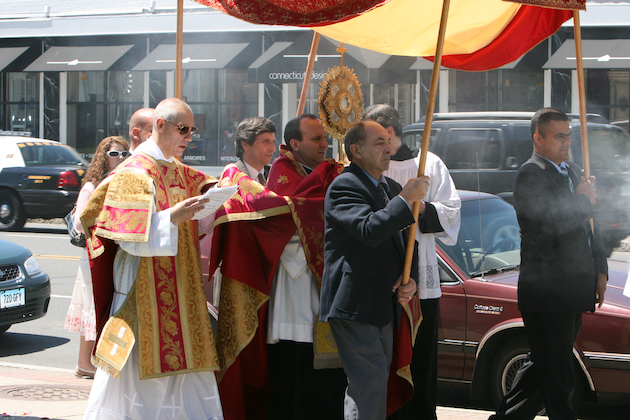
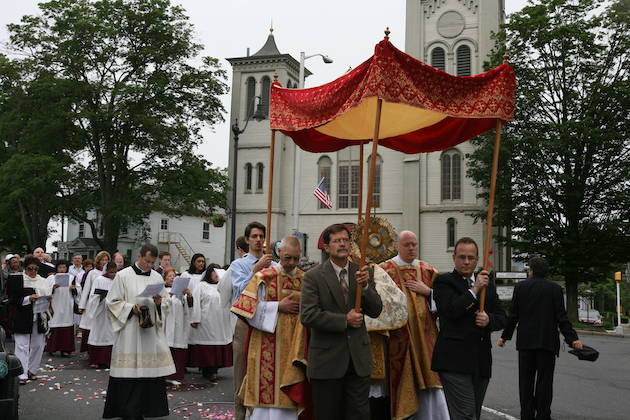
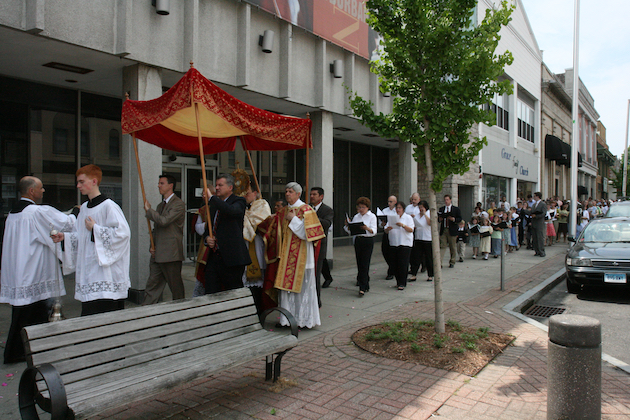
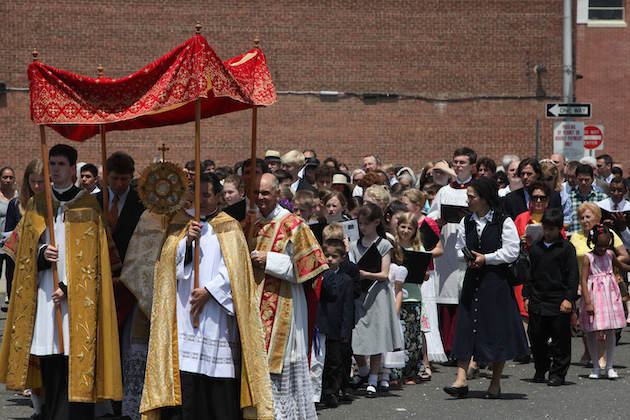




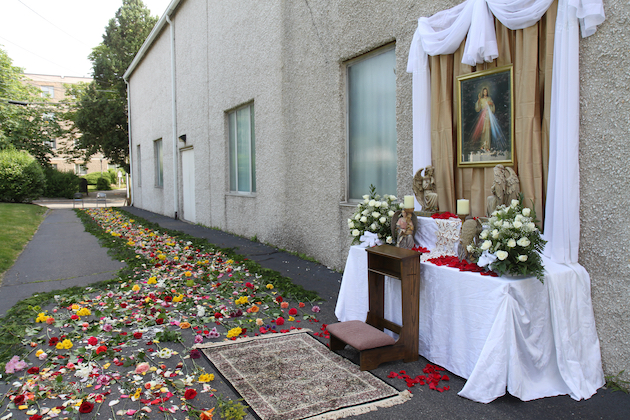
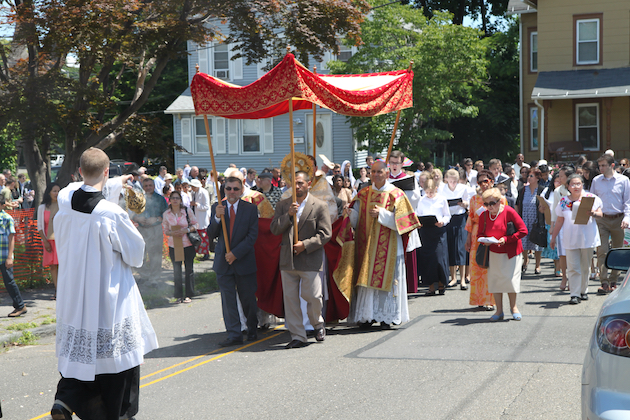

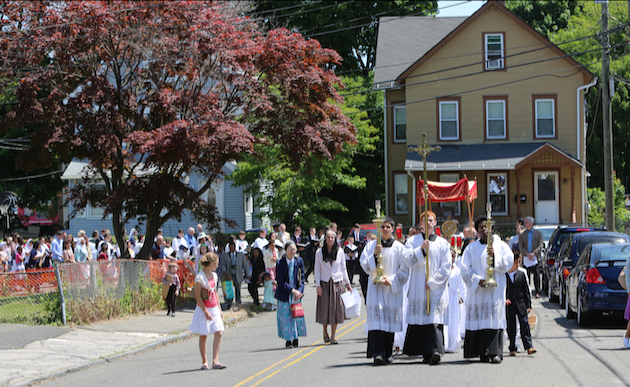
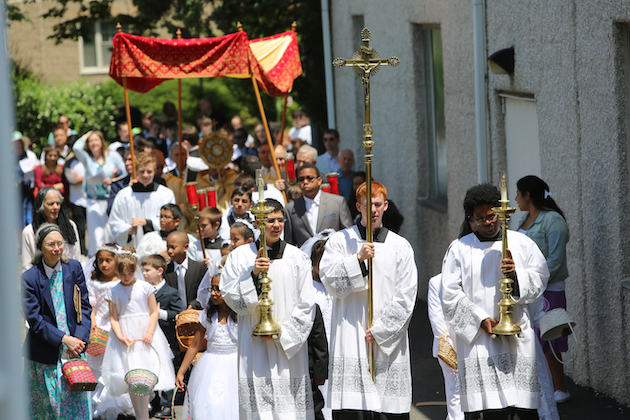

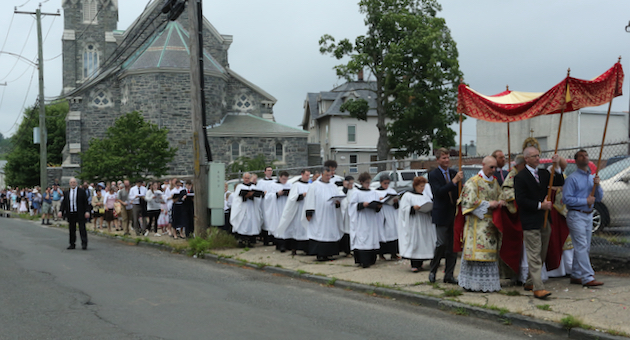

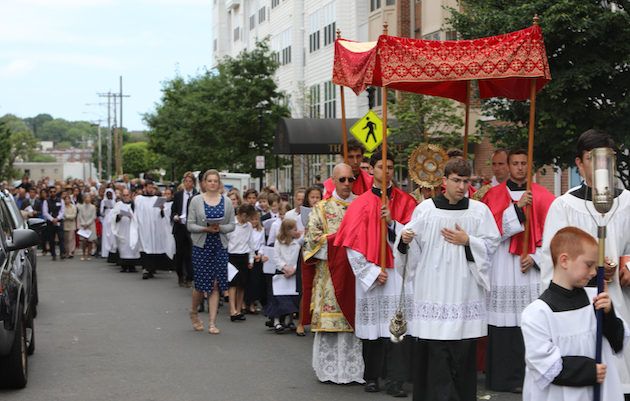
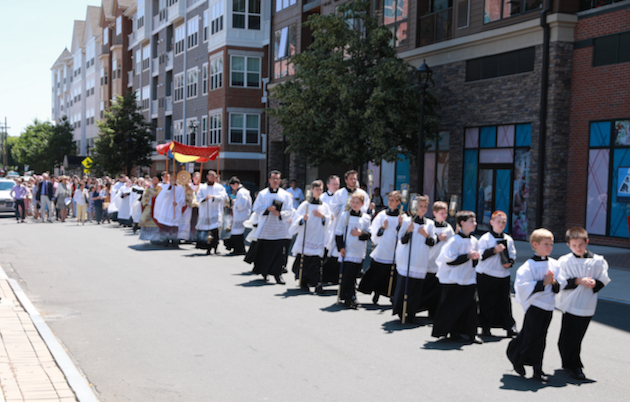
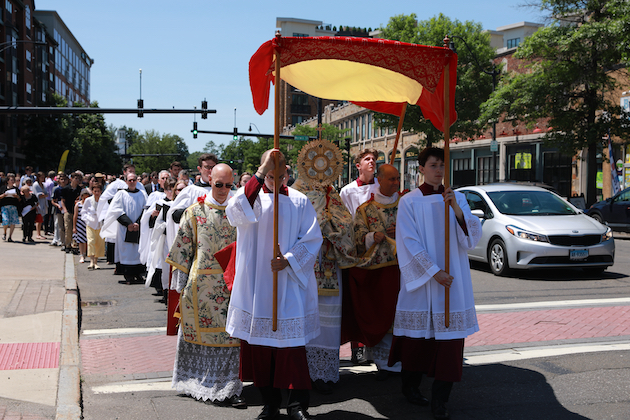

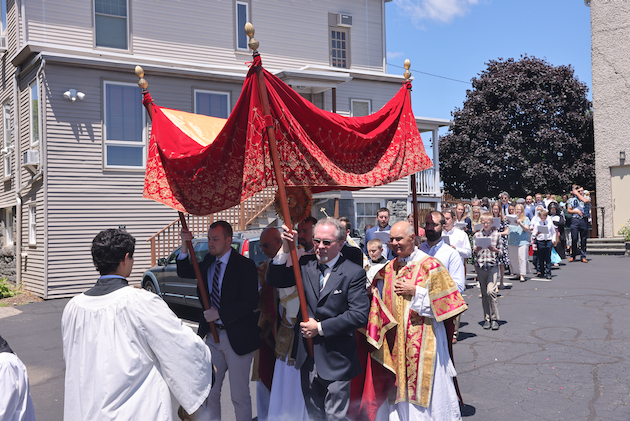
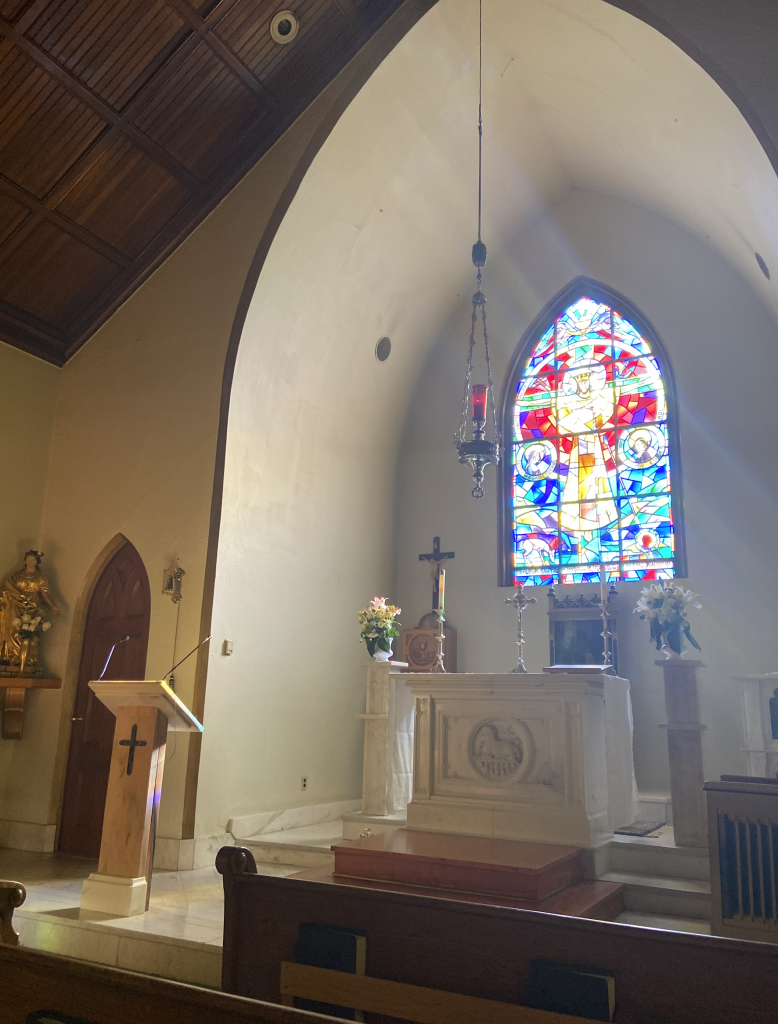
On Friday, June 24th, the Guild of the Most Sacred Heart of Jesus will celebrate the patronal feast of the Most Sacred Heart of Jesus with adoration from 9:00 am to 9:00 pm at Sacred Heart Church in Georgetown, CT. Please come and spend time with the Lord! Review the available slots and sign up: https://www.signupgenius.com/go/10c0e48aaaf29a5f4ce9-adoration
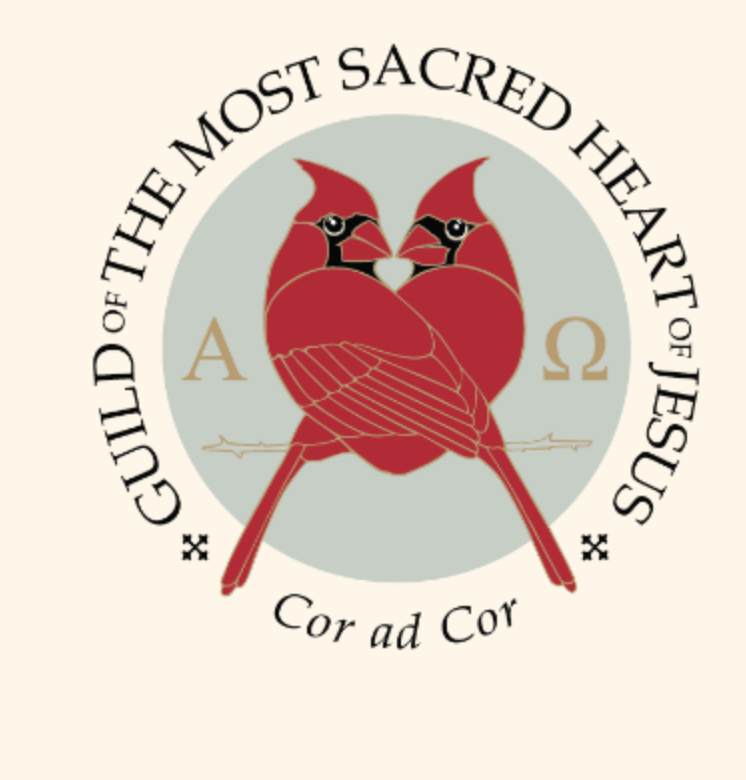
22
Jun
22
Jun
St. Marguerite Bourgeoys Church in Brookfield, CT will offer a Low Mass for the Feast of Our Lady of Mount Carmel on Saturday July 16, 2022 @ 09:00. Blessing of scapulars and investing of scapulars at the altar rail following Holy Mass.
20
Jun
15
Jun
15
Jun
Contact us
Register
- Registration is easy: send an e-mail to contact@sthughofcluny.org.
In addition to your e-mail address, you
may include your mailing addresss
and telephone number. We will add you
to the Society's contact list.
Search
Categories
- 2011 Conference on Summorum Pontifcum (5)
- Book Reviews (95)
- Catholic Traditionalism in the United States (24)
- Chartres pIlgrimage (17)
- Essays (176)
- Events (670)
- Film Review (7)
- Making all Things New (44)
- Martin Mosebach (34)
- Masses (1,343)
- Mr. Screwtape (46)
- Obituaries (15)
- On the Trail of the Holy Roman Empire (22)
- Photos (347)
- Pilgrimage Summorum Pontificum 2021 (7)
- Pilgrimage Summorum Pontificum 2022 (6)
- Pilgrimage Summorum Pontificum 2023 (4)
- Sermons (79)
- St. Mary's Holy Week 2019 (10)
- St. Mary's Holy Week 2022 (7)
- St. Mary's Holy Week 2023 (7)
- St. Mary's Holy Week 2024 (6)
- Summorum Pontificum Pilgrimage 2024 (2)
- Summorum Pontificum Pilgrimage 2025 (7)
- The Churches of New York (198)
- Traditionis Custodes (49)
- Uncategorized (1,377)
- Website Highlights (15)
Churches of New York
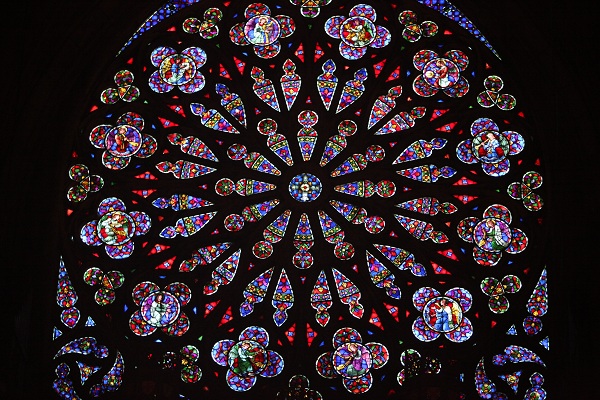
Holy Roman Empire

Website Highlights
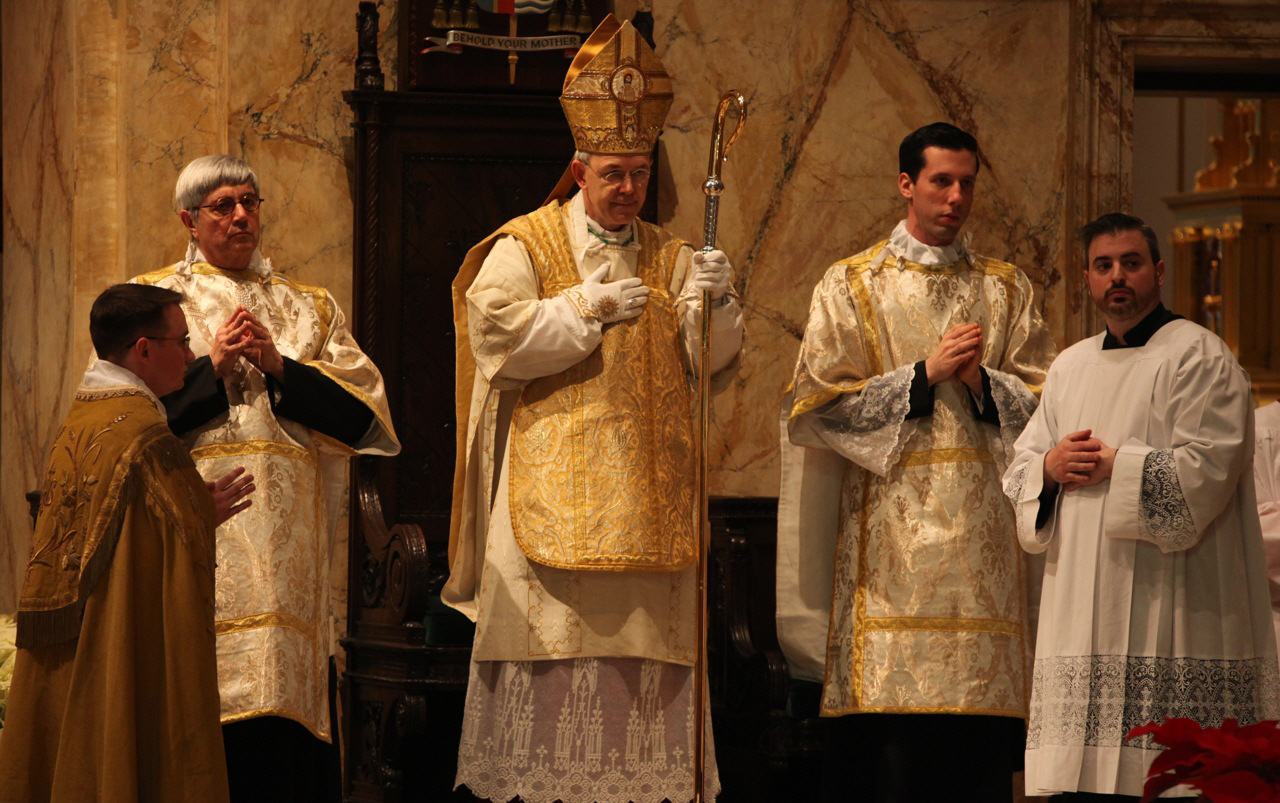
Archives

[powr-hit-counter label="2775648"]

